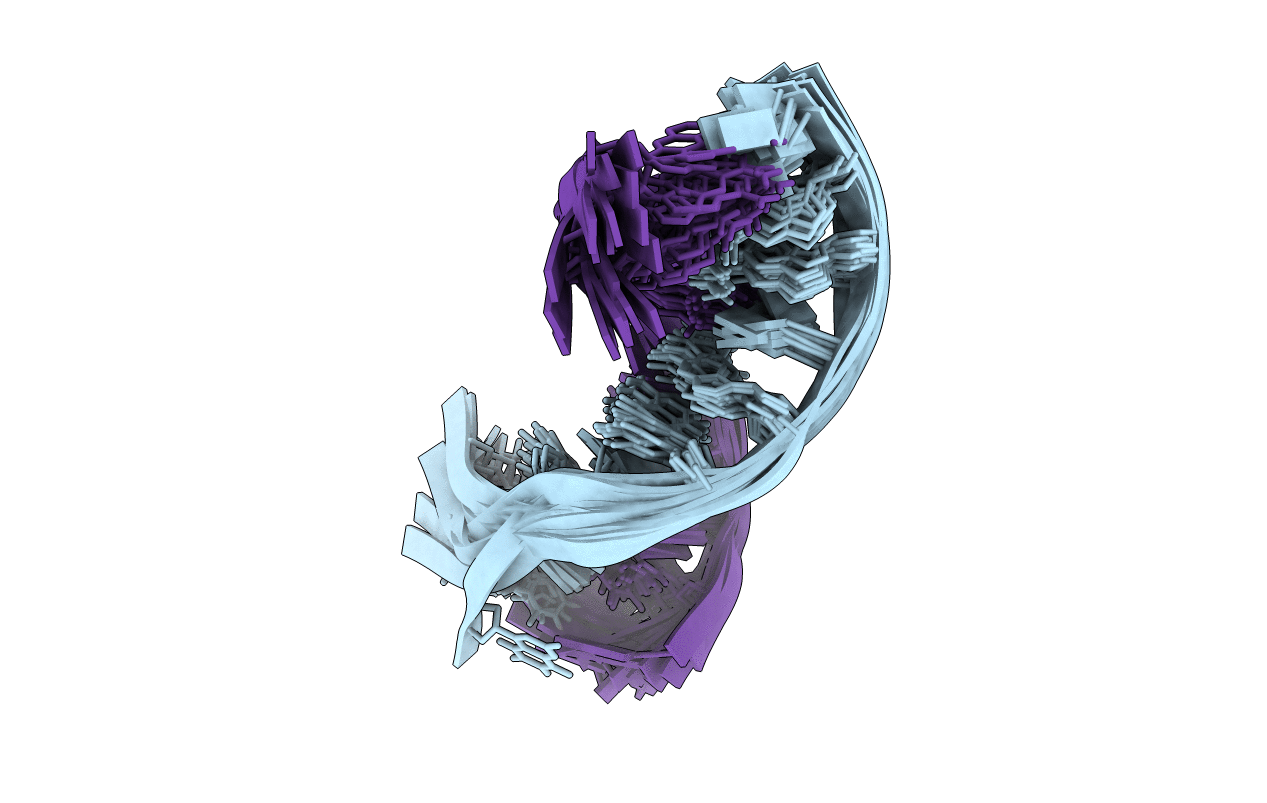
Deposition Date
2006-09-13
Release Date
2006-11-21
Last Version Date
2024-05-29
Entry Detail
PDB ID:
2ICZ
Keywords:
Title:
NMR Structures of the Expanded DNA 10bp xTGxTAxCxGCxAxGT:xACTxGCGxTAxCA
Biological Source:
Source Organism:
Method Details:
Experimental Method:
Conformers Calculated:
100
Conformers Submitted:
20
Selection Criteria:
structures with the least restraint violations


